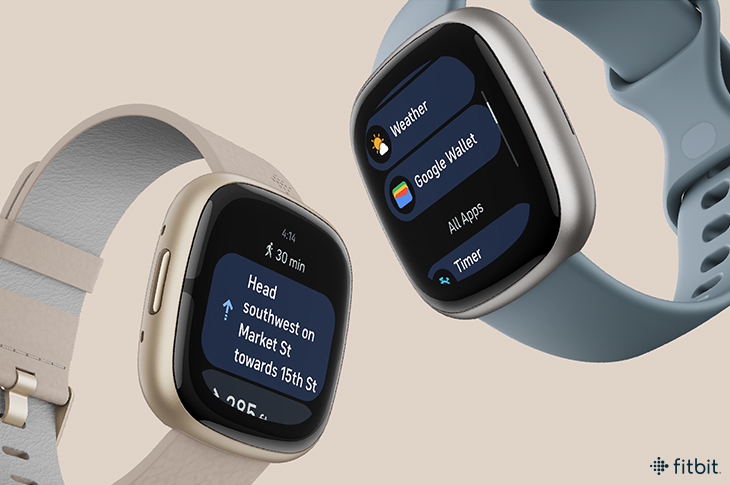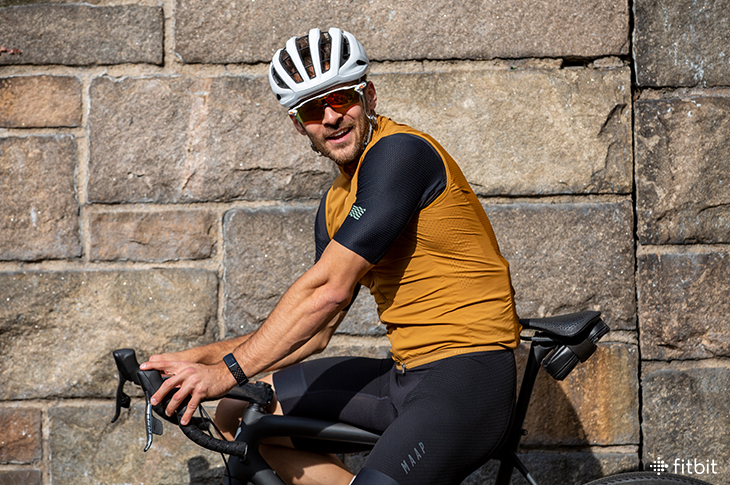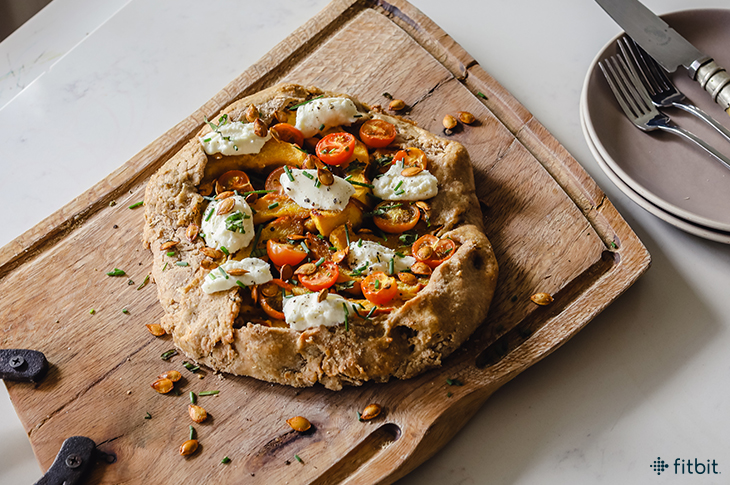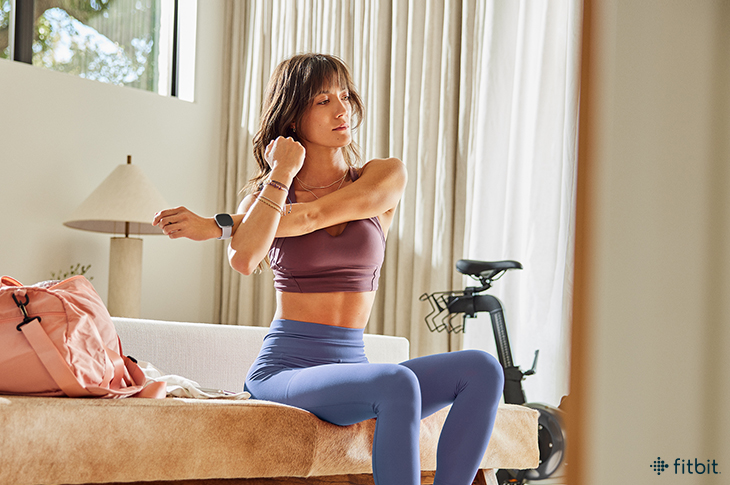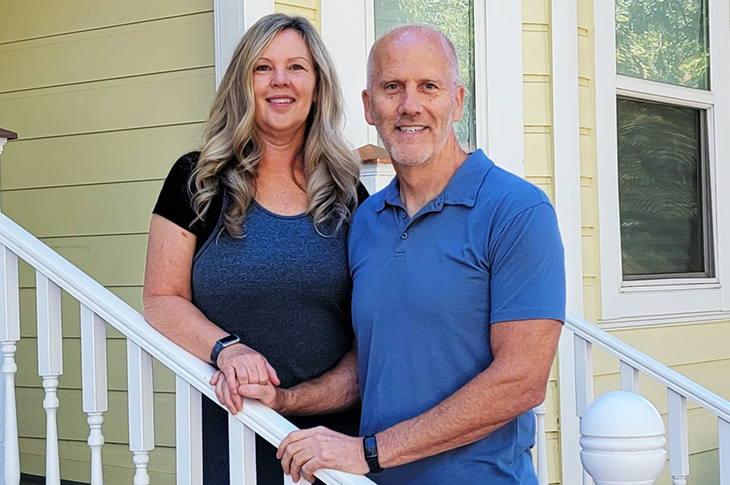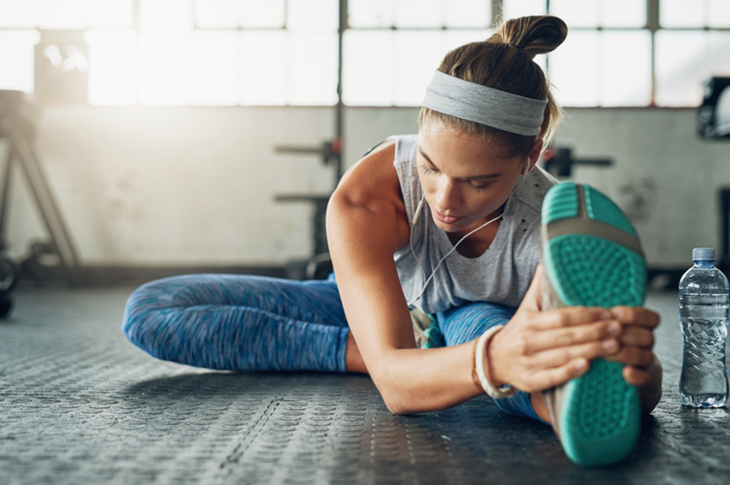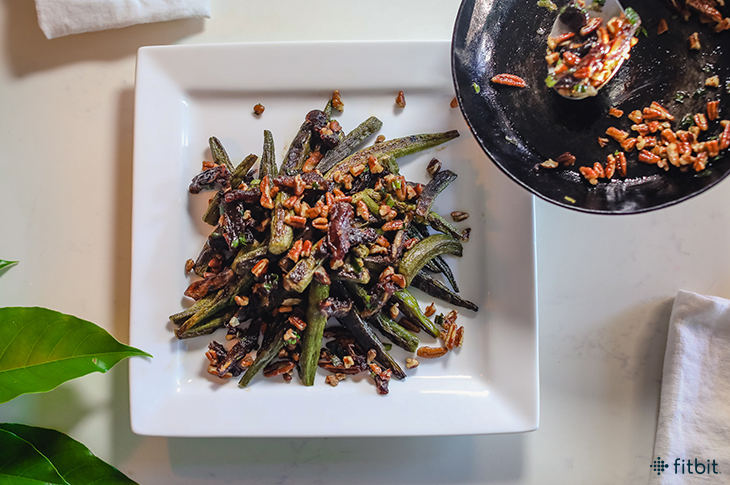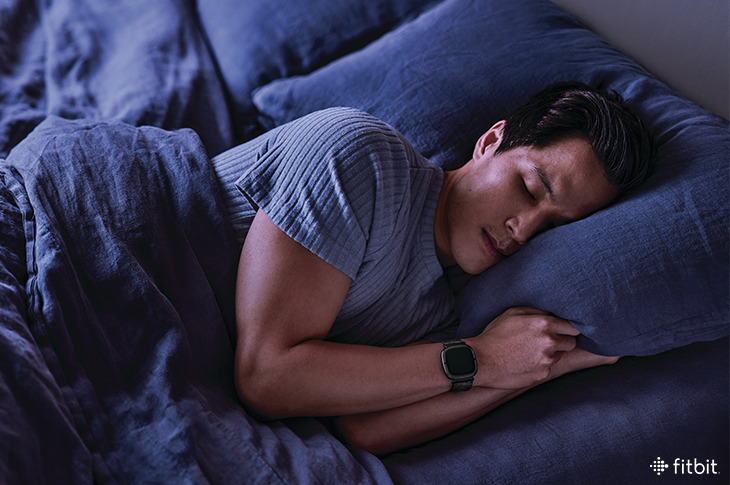Even if your fridge doesn’t look dirty, chances are it’s harboring a lot of grime. According to the NSF, the veggie bin is one of the germiest places in the house. And the meat compartment isn’t far behind.
Why is the fridge such a hotbed for bacteria? “Your refrigerator is one of the most frequently used appliances in the kitchen,” says Laura M. Ali, MS, RDN, a nutrition consultant and culinary nutritionist in Pittsburgh, PA. “It’s likely opened and closed multiple times daily by multiple people, which can mean germy hands on the door handle as well as on the food inside.” Factor in spills, leaks, and spoiled perishables and, well, you get the picture.
But purging germs isn’t the only reason to give your fridge a cleanse. A clean, organized fridge makes cooking less stressful and can help reduce food waste. And it doesn’t have to be a major project, either.
If you’d like a sparkling clean fridge with minimal effort, this guide can get you started.
Break it down. In a perfect world, we’d all have clean, shiny refrigerators. But really, who has time? Apparently, not many of us. Research reveals half of people only get around to the task two to four times a year. By comparison, the Academy of Nutrition and Dietetics recommends cleaning this appliance weekly. If that’s never going to happen, there is a better way. “When you don’t have time to devote to cleaning your entire fridge at once, break it into sections and do a little at a time,” says Ali. “Then, when you have a chance, tackle another section and repeat until the refrigerator is clean and organized.”
Get the right gear. Before diving in, you’ll want to have the correct supplies on hand. Although spritzing shelves with disinfectant might seem like a good strategy, food safety experts recommend sponging everything down with soap and water to avoid contaminating food. (Now’s also the perfect time to toss your germy old sponge and replace it with a pristine new one.) And don’t forget to grab a couple of clean dishcloths or a roll of paper towels to dry everything off.
Think top to bottom. With all those shelves, drawers, and compartments, it can be tricky to know where to start. Ali recommends working vertically. “Start with the top shelf, unload it, and wipe the shelf and sides down,” she says. “Sort through the items you want to keep and what needs to go, then put the keepers back into the fridge.” If you notice any dribbles or drips on jars or bottles, give them a good wipe too.
Next up are drawers and door compartments. While it’s perfectly okay to sponge these down, it’s nice to remove them and give them a good scrub in the sink if you have a little extra time. Once everything is fresh and clean, dry it all off and pop an open box of baking soda on the top shelf to absorb odors. Then, wipe down the door handle, and you’re done!
Prevention is everything. A little organization can do wonders for maintaining all your hard work. “To simplify cleaning in the future, invest in some clear plastic refrigerator bins to store yogurt, condiments, or other small items that tend to get lost,” says Ali. “It’s a lot easier to pull out a bin, empty it, and clean it than to clear out an entire shelf.” Clear bins also make it way easier to see what you have. Of course, there will be some items that don’t fit. Arrange these on shelves by size, stashing taller items in the back and smaller ones up front for better visibility.
While any time is a good time to spruce up a shelf or two, Ali is a big fan of tackling the job right before grocery shopping. That way, you can take stock of what you have, toss anything that’s spoiled or no longer needed, and replace any items that are running low. But if you’re super short on time, focus on the crisper. “Since this is where my fresh produce is stored, I want to make sure it’s clean, germ-free, and that nothing has spoiled,” says Ali. And who doesn’t have time for that?
The post The Complete Guide to Cleaning Out Your Fridge appeared first on Fitbit Blog.


